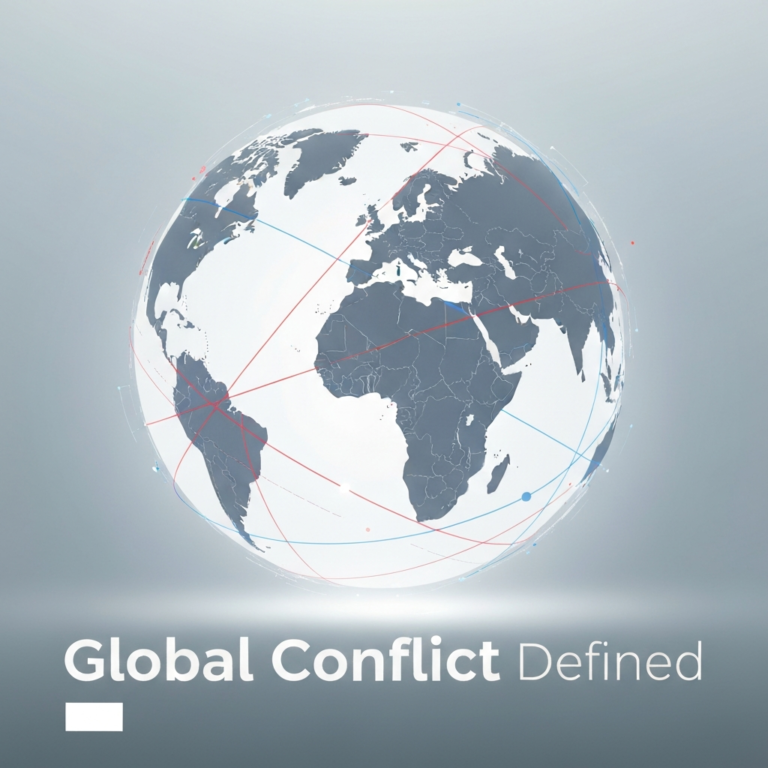Introduction:
Germany, known for its leadership in renewable energy, has been incorporating artificial intelligence (AI) to optimize its energy management systems. As renewable energy sources like wind and solar become more integral to the country’s energy mix, the unpredictability of these sources poses significant challenges. AI offers solutions to balance supply and demand, making energy generation more efficient and sustainable. In this case study, we explore how Germany uses AI to predict energy fluctuations and adjust operations, ultimately transforming its renewable energy landscape.
The Role of AI in Germany’s Renewable Energy
Germany generates a large portion of its electricity from renewable sources. However, the intermittent nature of wind and solar energy creates challenges for grid stability. This is where AI steps in. By using advanced algorithms, Germany’s energy grid can forecast supply and demand, adjust generation levels, and even activate demand response programs in real-time.
Case Study: AI Balancing Wind and Solar Fluctuations
One standout example comes from Germany’s energy grid operator, 50Hertz, which covers a large portion of the country. 50Hertz deployed AI to manage the grid’s reliance on renewable sources, especially wind and solar energy.
Methodology:
- Data Collection: AI systems collected data from meteorological stations and sensors across various solar farms and wind parks.
- Algorithm Development: The AI was trained on historical energy generation patterns and weather data to predict fluctuations in energy production.
- Real-Time Analysis: AI performed real-time analysis to predict energy surpluses or shortages up to 48 hours in advance.
- Grid Adjustments: Based on AI predictions, the system automatically adjusted energy generation, redirecting energy where needed or storing excess energy in batteries.
Results of the AI Deployment
- Prediction Accuracy: The AI achieved a 95% accuracy rate in predicting energy generation fluctuations, significantly reducing forecasting errors.
- Reduction in Surplus Energy: During periods of high wind and solar production, the AI system prevented an estimated 1,000 MWh of energy from being wasted by redirecting or storing it.
- Cost Savings: By optimizing energy generation and reducing reliance on backup coal plants, 50Hertz saved approximately €5 million in operational costs over a six-month period.
- Grid Stability: The AI system enhanced grid stability, reducing the need for emergency shutdowns of renewable sources during energy surpluses.
- Carbon Reduction: The reduction in backup coal plant use led to a decrease in carbon emissions by an estimated 80,000 metric tons.
Critique: The Limitations of AI in Energy Management
While AI has proven effective in managing fluctuations, it is not without limitations. One challenge is the high initial cost of implementing AI systems. Additionally, AI’s reliance on accurate data means any gaps in data collection could affect its predictive power. Moreover, while AI improves grid stability, it is not a substitute for the large-scale energy storage solutions that Germany will need as renewable energy continues to grow.
Future Implications for AI and Renewable Energy
As AI technology improves, Germany could see even greater efficiency in its energy grid management. With the potential to integrate AI with other emerging technologies like blockchain, virtual power plants, and advanced energy storage systems, AI could play a pivotal role in making renewable energy the dominant source of power.
Conclusion: Germany’s use of AI to manage renewable energy fluctuations showcases the transformative power of technology in the energy sector. As other countries look to increase their renewable energy portfolios, the German model could serve as a roadmap for the future.



